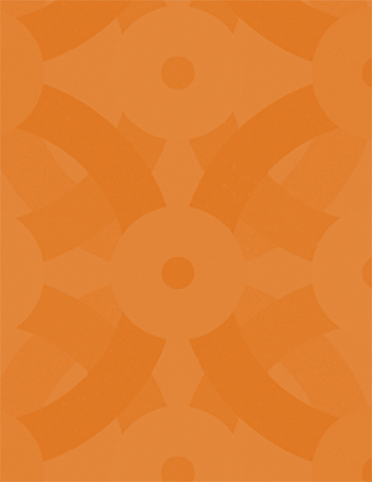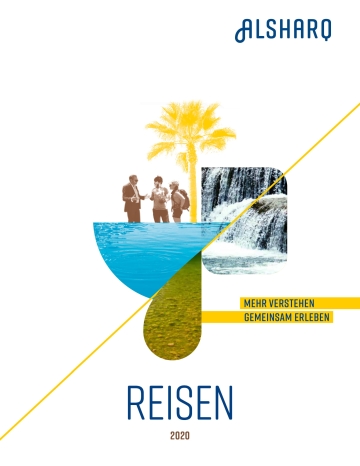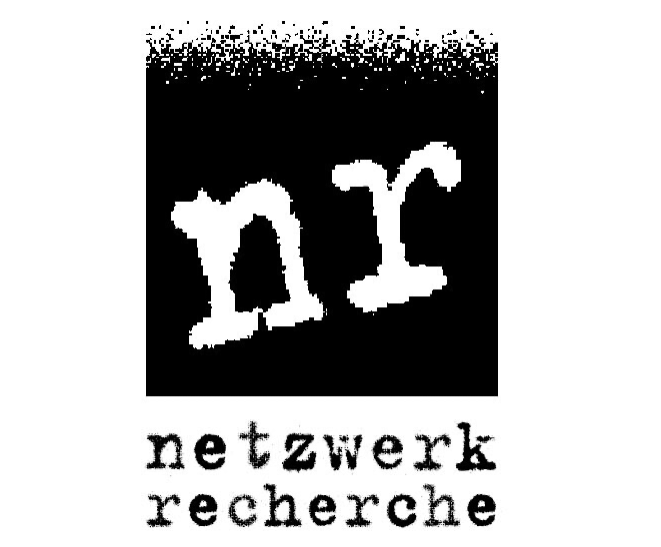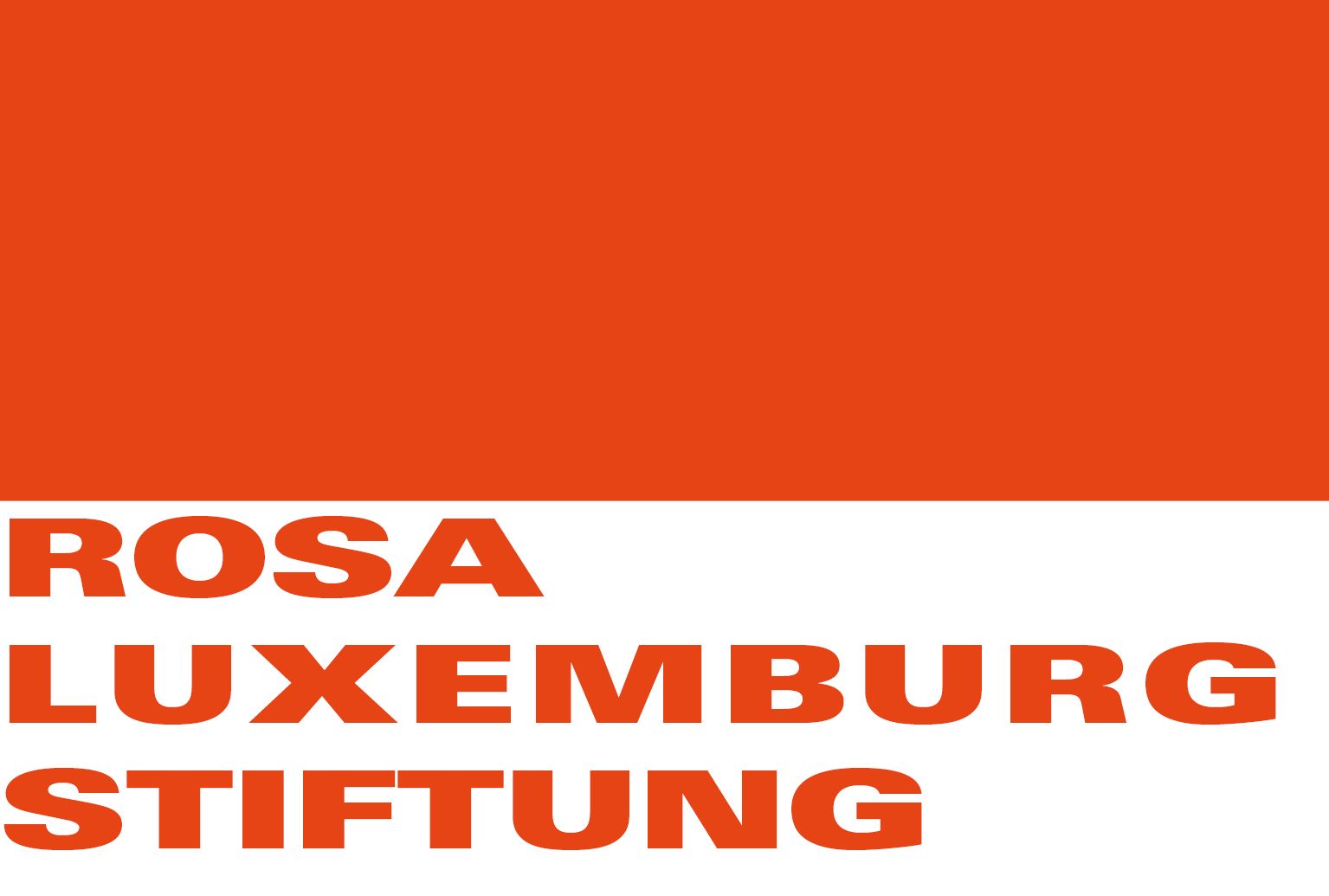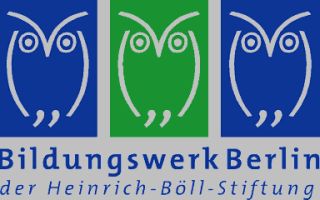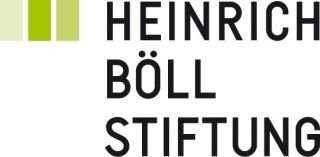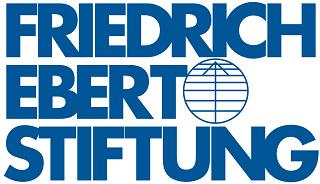It has been 13 years since the AKP government came to power in Turkey. The result is a picture as red as blood. They don’t know any other scheme – dead bodies all over, in the Kurdish region, and now also in the country’s capital. Eda Sevinin provides some background information to the recent bombing and Umar Karatepe gives a personal testimony of what happened.
On October 10th, in the capital city of Ankara, two bombs exploded at a peace rally. So far, 107 people died and more than 500 people were injured. The rally was called “Labor, Peace and Democracy” and it was organized by four major labor unions and more than twenty political parties. The aim was to protest against the pro-war policies that the government of the Justice and Development Party, known by its Turkish acronym AKP, has implemented since June.
We have seen these pro-war, aggressive, authoritarian policies many times. And we have repeatedly cursed and condemned them – but nothing good ever happened: when ISIS bombed the demonstration of the Peoples’ Democratic Party (HDP) in Diyarbakır and killed five people; when an ISIS suicide bomber killed 33 young men in Suruç, who wanted to bring books and toys to the traumatized children of Kobane, a neighboring town; when civilians were killed by the special task forces in different cities of the Kurdish region, where people are put under curfew so strict that they cannot even go out to buy food; and also when the deceased body of Hacı Lokman Birlik was dragged behind an armored police vehicle on the streets of Şırnak. In none of these incidents, the perpetrators were investigated, arrested or prosecuted.
And finally in Ankara, in the capital city, the middle of the state bureaucracy, two suicide bombers caused a massacre. The bombings happened next to the main train station, one kilometer away from the General Directorate of Security Affairs and three kilometers away from the National Intelligence Agency. The police that was supposed to ensure the security of the demonstration only arrived right after the blasts. They used tear gas on those that had survived the attack, blocked off the ambulances, swore and laughed at those who were injured and later attacked those who gathered to commemorate the victims.
This was the latest wave in a series of violent attacks in the last three months. By now we know that the perpetrators had been followed and their phone calls monitored in the run-up to the bombings. At some point, the intelligence and security units of the Turkish state had even detained them already, only to release them again shortly afterwards. Meanwhile, the government declared a ban on broadcast, investigation and on any kind of criticism of the bombings. So if it had not been obvious already, it has finally become evident that the Turkish state turned a blind eye to the threat of Islamic terrorism – only to exploit the ensuing chaos and instability for its own interests. The loser in all of this, it is also clear, is the pro-peace and pro-democracy social opposition of Turkey.
Below, you will read the testimony of Umar Karatepe from the Confederation of Progressive Workers’ Unions of Turkey, one of the main organizers of the peace rally.
This video from closeby security-cameras shows the blast. And here is another video that shows what happened afterwards (warning: graphic scenes).
I told myself “writing makes you feel better”. But there is no way for me to explain the distress I experienced during the explosion. Yet here I am, trying. I was far enough away as it happened – a mere stroke of luck. Those who died won’t hear me anymore. But I am one of those who called you all to come to Ankara that day, next to the main train station. I was working in the “kitchen” preparing the “call for action” for the big rally organized by four organizations. That’s why writing hopefully can help to share my sorrows.
Although the rally was going to start at 10 a.m., we were there at two hours early to welcome our comrades coming from other cities. First the Istanbulites showed up; we said Günaydın (good morning in Turkish) and started to prepare our flags. Later workers from Diyarbakır arrived, saying Rojbaş (good morning in Kurdish). We greeted each other in every language, embraced one another and hit the road very early.
We had the cortege of Confederation of Progressive Labor Unions at 9 a.m. at the very point where the blast was to happen. As the area was getting really crowded, surprisingly, there was no police to regulate our flows, let alone the riot police that is normally present at every rally. Even the undercover police officers who usually walk ahead of the corteges were nowhere to be seen. There was just one traffic police officer; he grumbled a bit when we arrived early, that’s all. We didn’t listen to his “but it’s early” warnings. Thank God, we didn’t...
We started marching at 9.30 a.m., half an hour earlier than scheduled, even before many others joined. Until 10.04 a.m. we decided to keep a slow pace. Now, when I look back, it seems that every step, however slowly, brought thousands of people closer to life. And after that... What happened then has been written about many times; dwelling on it will not make anyone feel good anyway.
But there is one image that haunts my mind. It is the scene when hundreds of riot police and undercover police commanders, who had been absent thus far, suddenly appeared, almost out of the blue, and started running towards the place of the massive blast – only to attack the protestors. As if they were expecting the blast and were prepared to make things worse.
During the campaign, we were planning to protest not only the destruction caused by the ruling Justice and Development Party (AKP), killings at the workplace, what’s euphemistically called deadly workplace “accidents”, and the fascist policies of the government; we also wanted to tell what kind of a country we want to live in. At Sıhhiye Square, a colorful square where the protest was to conclude, we all wanted to paint the picture of the country we want to live in, workers, laborers, engineers, doctors, women, the young, children all together. After that, we were going to have the balloons floating in the air.
I am not going to say “But these dreams didn’t come true”. Because this is a struggle. If we have dreams about this country, so do the others. They painted their version of that picture through the bombings at the train station. They showed their picture of this country by pulling the pins, tearing into pieces the bodies of those who ask for “Labor, Peace, Democracy”, and by spraying tear gas on our injured friends and doctors who were rendering the first aid.
At this day, they exhibited the Turkey they envisioned. Not only by truncheoning those who could escape the blast with minor injuries, but also by mobilizing racism and sectarian hatred against those who died. To make it very clear how they will govern this country, they said: “We cannot arrest the bomber, but we will bring in those commemorating”. So they attacked our mourning, while turning a blind eye to the suicide bombers, which revealed their pledges regarding the future of this country. They let the murderers go, and in the same time impose a broadcast ban to prevent the people from having access to the relevant information and to the documents. This is how they paint the picture of the country they want.
The 13-year long AKP government has revealed such results. The picture is as red as blood. They don’t have any other scheme but this: Death in the workplace, death in war, death in the streets, death while escaping the country... In this picture, there is nothing but dead bodies. They think that what will let them off the hook is to polarize us behind these deaths – his dead body, her dead body, uniformed dead, civil dead, dead in this sect, dead in that ethnicity. Always the dead.
It is over now. Your murderous regime is collapsing. The grieve of all those who support the values of our rally and are spared from death will end one day, I hope. For this, we will stand in unity, solidified with our “blood brotherhood” to tear down the dark palaces of your regime. And just so you know, it is not far away, not at all.
Umar's testimony first appeared at http://sendika4.org/2015/10/yazmak-iyi-gelir-umar-karatepe/. It was translated by Eda Sevinin together with Ezgican Özdemir and Elif Demirtiken.




